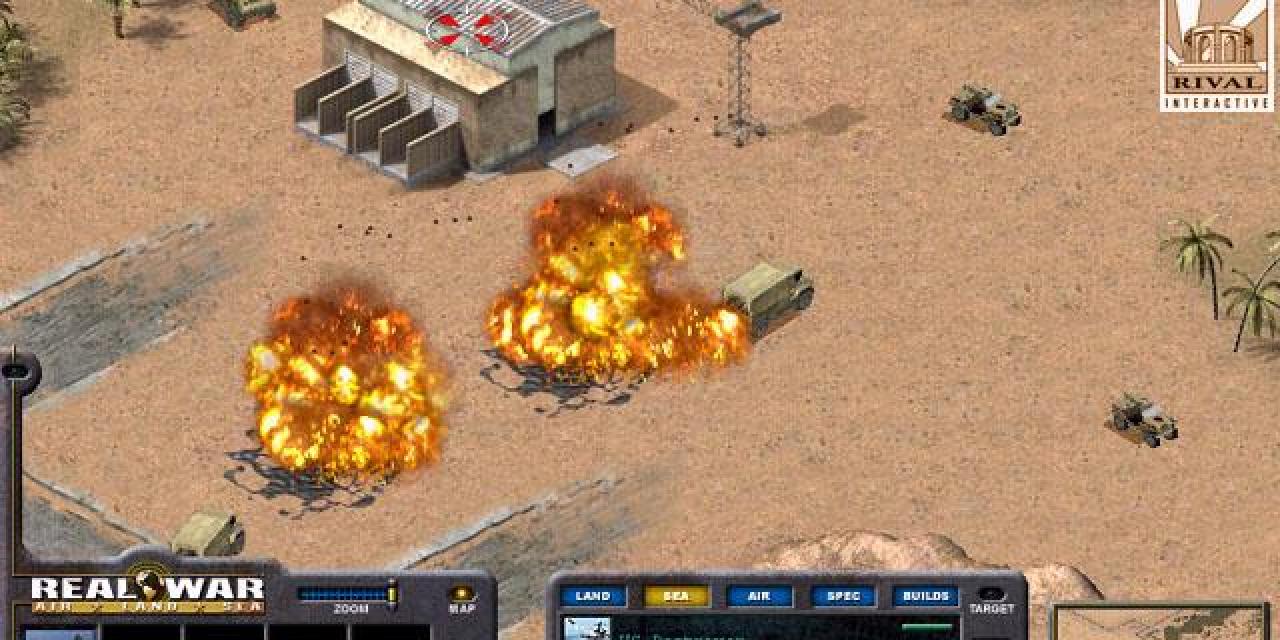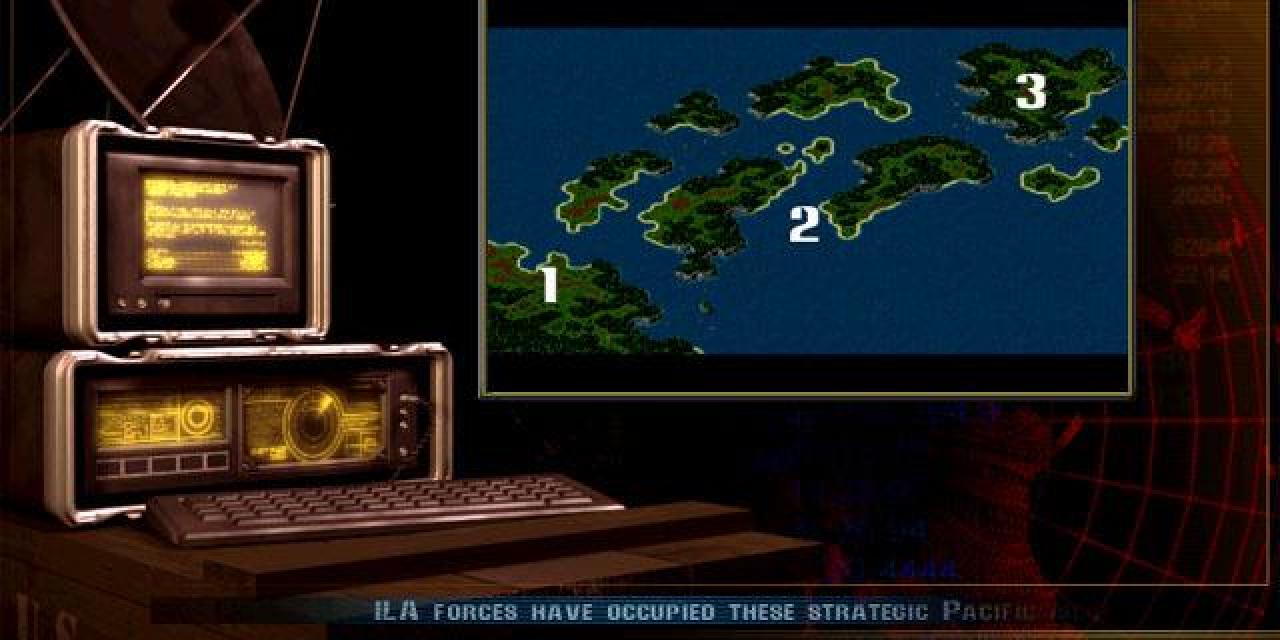

According to this story, released by CNN, most visitors to MegaGames would make excellent Generals.
The U.S. military, realizing the need for better training of its forces, has accepted statistics which show that virtual training can improve soldier performance in the battlefield. The Office of the Joint Chiefs of Staff has organized the development of strategic games for personnel training purposes in the past few years. One such game was originally titled "Joint Forces Employment" and has since seen worldwide release, October 2001, as "Real War". The only real difference between the retail version and the military training one of the game is the limitation of resources in the military version in order to make the gameplay more realistic.
The storyline of "Real War", developed by Rival Interactive Inc. before September 11th and published by Simon & Schuster, is particularly notable for its premise which now seems eerily familiar. A terrorist strike on U.S. interests causes great global upheaval and war.
"It can't replace any real training," says Omer. "But what it does do is allow the military to prepare and rehearse before they get into any situation." says Jim Omer, president of Rival Interactive. Reflecting on the accuracy of the storyline Omers says "It bothered us a little to be associated with those heinous events, but we hope people will take away some positives from it. We never intended in any way to exploit the situation."
To find out about the U.S. Military's plans to develop its own simulator and to release commercial games follow the link below and to the right...
The military however, is not prepared to settle for just any game. Development of an elaborate high-tech simulator called Mission Rehearsal Exercise (MRE), by a contractor is already under way. Plans include using the simulator to train soldiers off to combat, peacekeeping and humanitarian missions.
The developer of the project the Institute of Creative Technologies (ICT), is working by using information from the entertainment industry, technologists and educators from the University of Southern California (USC), and Army military strategists. The ICT was formed in 1999 in order to research the best types of simulators to be used by the military.
The grand plans of the military include projecting the scenarios onto a 150-degree movie screen, complete with 10.2-channel audio that creates floor-shaking sound effects.
To further enhance simulation realism, smells such as burned charcoal can be pumped into the room. Participants can touch objects and elicit responses in the simulator. The machine also uses voice-recognition technology and different languages to allow participants to interact with the characters involved in the scenario.
Emphasis has been placed on making the software respond in unpredictable ways.
It is hoped that by 2008 the whole simulation experience will be moved to a visor on the helmets of soldiers in order to make training available anywhere.
Based on its military research, ICT is currently developing two commercial games, scheduled for release in the next couple of years.
With the $45 million which may be spent on the ICT project between 2000 and 2005 and the vast resources at ICT's disposal game developers are bound to experience some unease.






